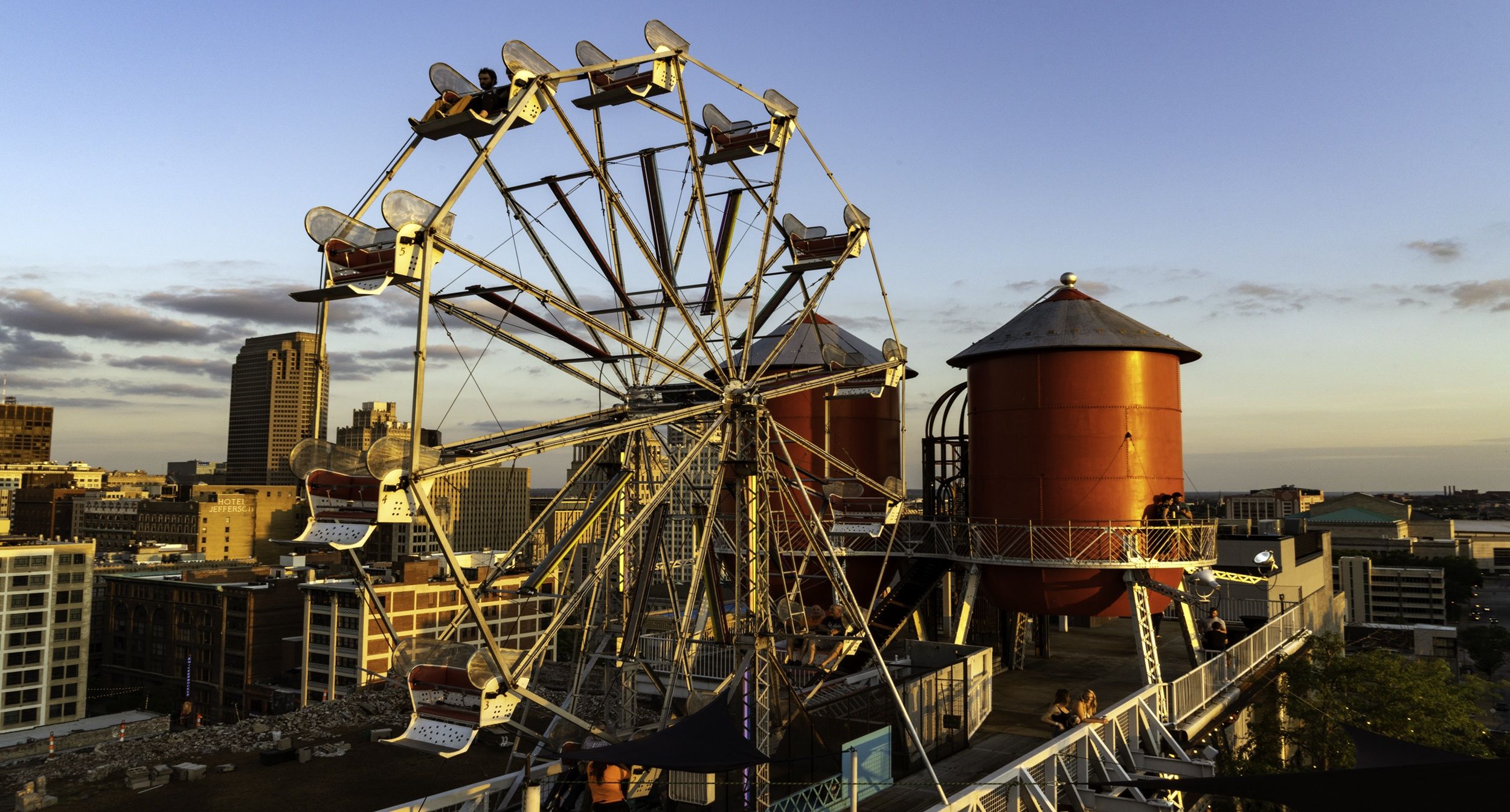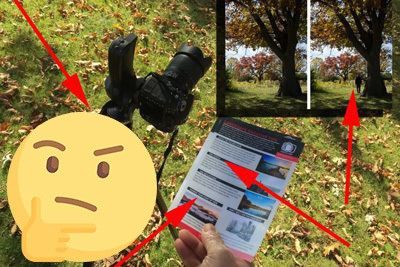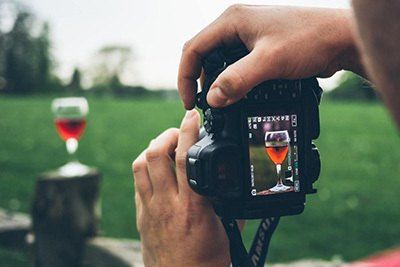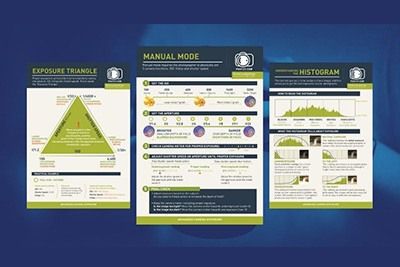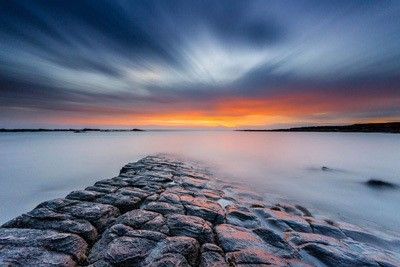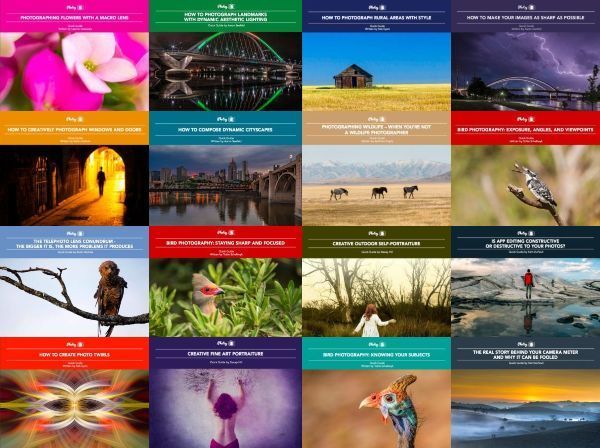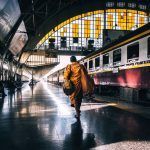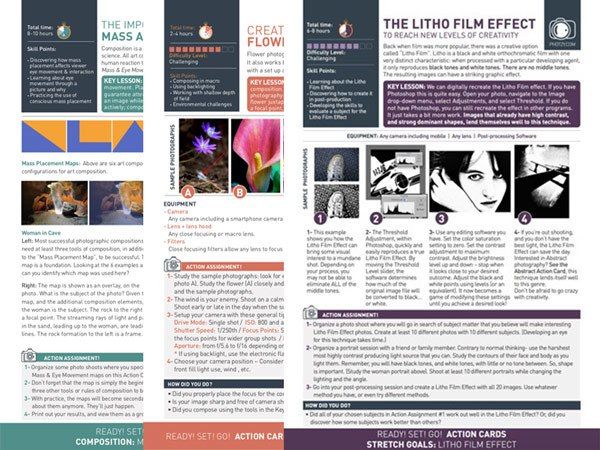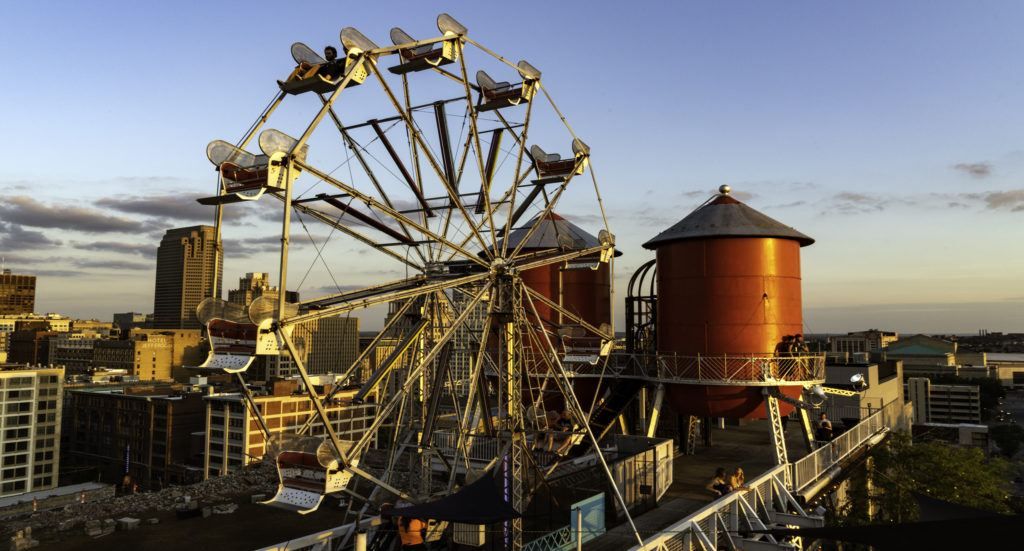Travel photography is fun and exciting. We see new places and have new experiences. When we travel, we always find something new to photograph.
But let’s face it, most of us can’t travel all of the time. If we’re lucky, we get a couple of trips a year. The rest of the time, we’re home doing everyday things in familiar places. During the pandemic, many of us found our traveling greatly reduced or eliminated.
Most days of our lives are spent near home rather than traveling, but that doesn’t mean putting your camera down for months on end.
We often think of traveling as part of a long trip, but traveling is a mindset. As long as we’re open to the experience, travel photography can happen wherever you are. Even in your own back yard. This guide is about making local travel photos.
What we’ll cover:
- Defining travel photography
- Tips for finding local photo ops, including the following:
- Tapping into the tourist industry
- Finding a guide
- Attending events
- Looking at a map
- Making the journey
- Revisiting and rephotographing
Recommended Reading: If you’d like to improve your photography skills and create compelling images, grab a copy of our Powerful Imagery premium guide by award-winning travel photographer Mitchell Kanashkevich.
Let’s start with defining travel photography and how this definition can encompass our own neighborhood.
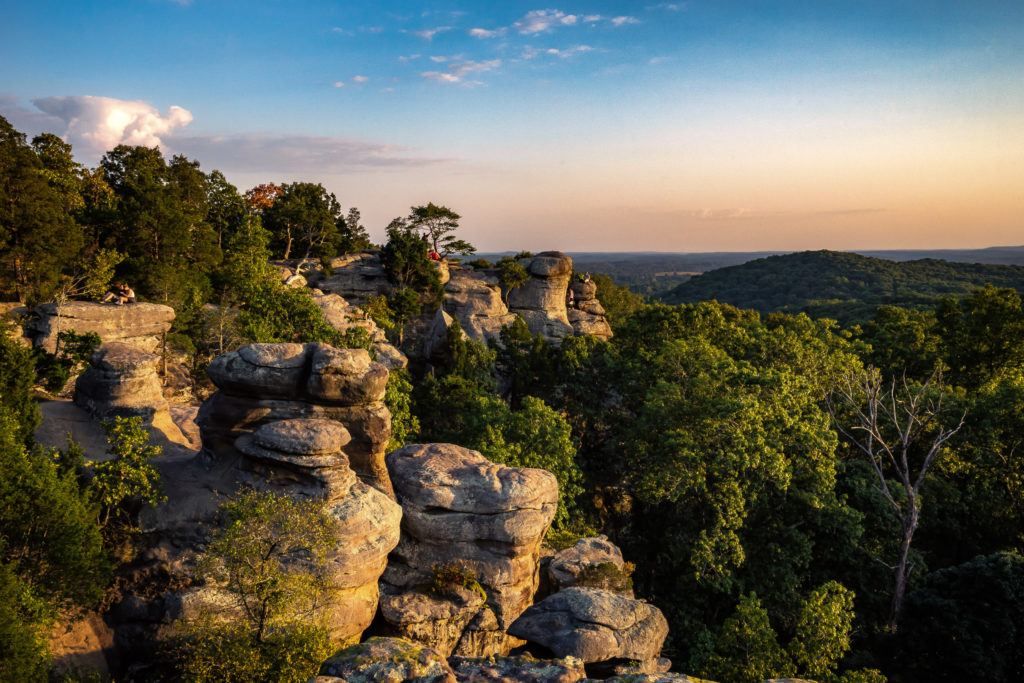
The Garden of the Gods in the Shawnee National Forest is a day trip from my home. The popular rock formations are a perfect place to go and watch the sunset over the forest. Photograph by Jenn Mishra.
What Is Travel Photography?
Travel photography documents a place and the people who live there. It is about exploring what makes the place unique and special. Travel photographers focus on the landscape, culturally important places, or unique customs and events.
When we think of travel photography, we think of images in National Geographic. We imagine exotic places and people in colorful outfits. We envision grand landscapes and wildlife we’ve only heard about in stories.
But what isn’t part of the definition of travel photography is how far the photographer was from home when he or she took an image.
Key Lesson: You can make travel photos by traveling one mile or a thousand miles.
Local travel photography is about documenting where you live and the people who live around you. It is about exploring what makes your home unique and special. You might not think you live anywhere special, but everywhere has some sort of vibe. The American Midwest looks different from the American South or Southwest.
Taking travel photos locally should be easy since we know the area well. But familiarity can blind us to potential travel opportunities. We drive by landmarks so frequently that they no longer have special meaning. We take for granted local events thinking we’ll stop by next year.
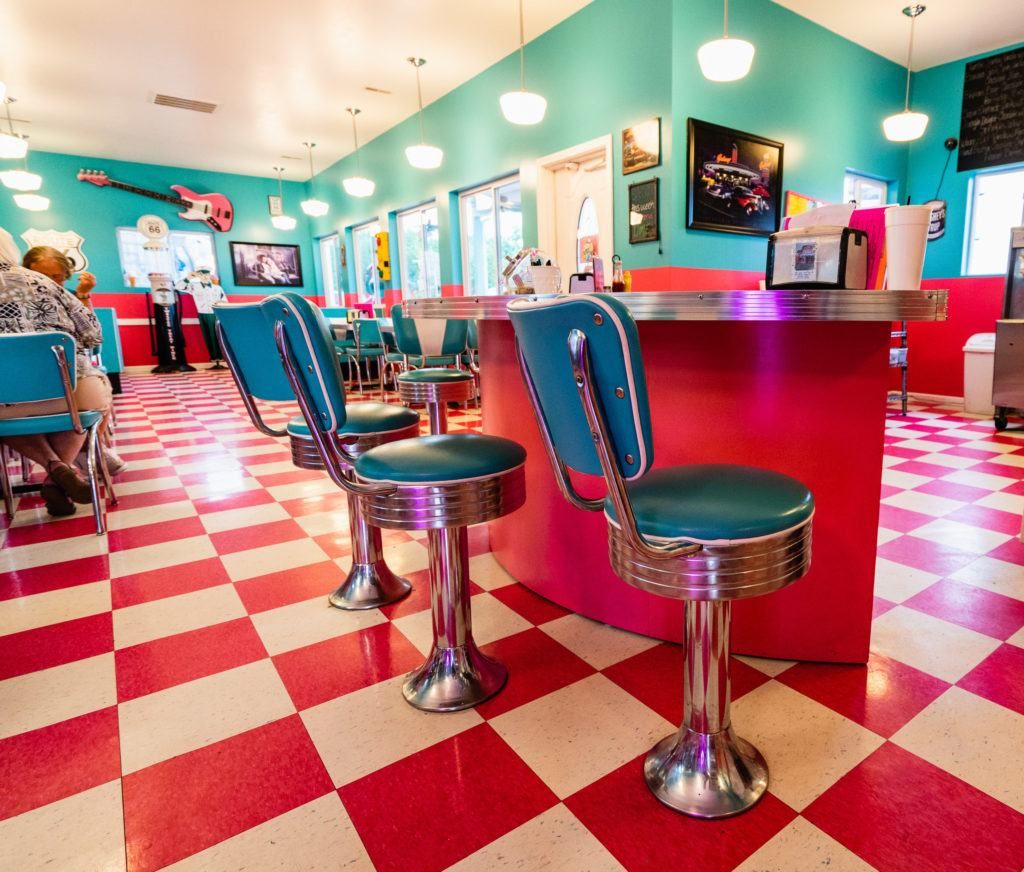
A Route 66 diner just a few miles from my home at the Pink Elephant in Livingston, Illinois. This diner is everything visitors to Route 66 want. Photograph by Jenn Mishra
Taking a photo of your family eating at a local landmark restaurant is travel photography. The landmark is a unique destination. It doesn’t matter that you eat there all the time.
I live just two blocks from Route 66. People come from all over the world to photograph this iconic piece of Americana, but I drive the familiar roads all the time without a second thought. If I change my mindset, I’m a travel photographer every day as I drive along Route 66 on my daily errands. It doesn’t matter that I’m only driving a few of the 2,400 miles.
Travel photography documents a place and the people who live there. It is about exploring what makes the place unique and special.
Finding Local Travel Photo Ops
When we travel, we go to interesting places, eat different food, and learn a bit about local culture. Travel photography is about documenting and sharing these experiences. There are all sorts of travel experiences, but here are some top travel activities:
- Visiting cultural sites (e.g. museums, landmarks, unique places)
- Sampling local cuisine
- Seeing a show or attending an event (e.g. concert, market)
- Having a unique experience (e.g. kayaking, hiking to a waterfall, suntanning on the beach)
The trick to becoming a local travel photographer is to think and see, like a travel photographer even when at home.
I call it “playing tourist.”
Hang Where the Tourist Hang
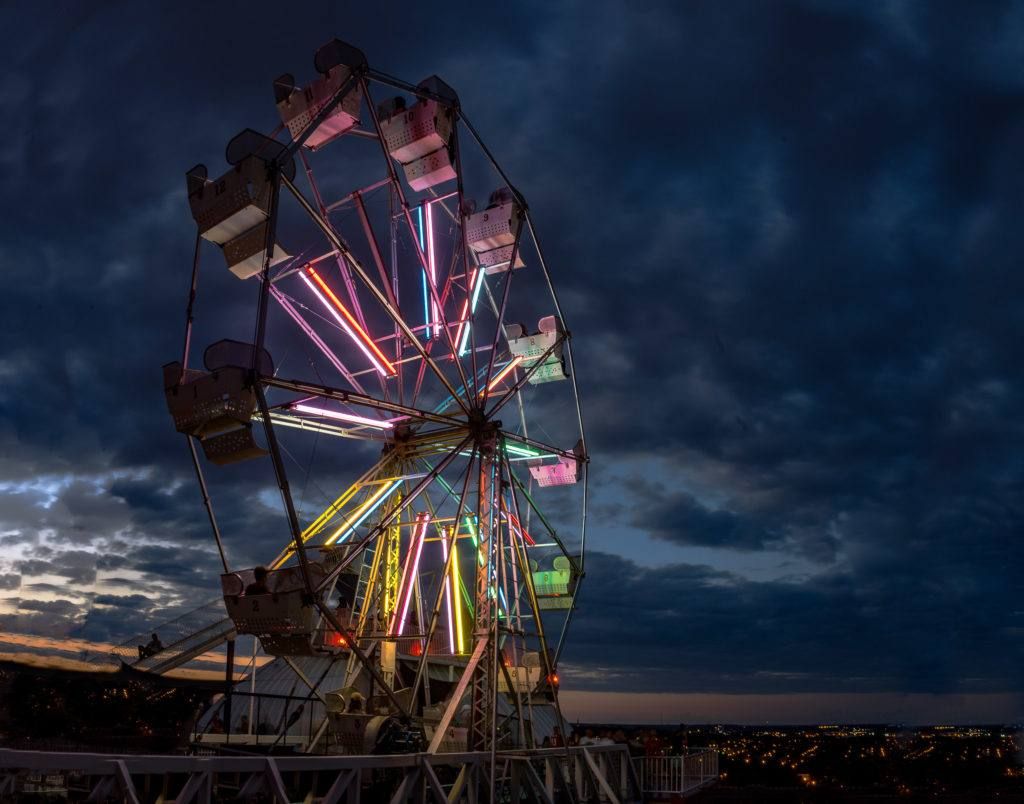
The City Museum is a favorite tourist stop in St. Louis, Missouri. The museum is a sculpture park you can climb on. In the summer, the rooftop is open at night. This working Ferris wheel sits atop the ten-story museum, giving amazing views of the city. Photograph by Jenn Mishra.
Find out what the tourists do when they come to town and follow them. Visit tourist offices for your city and neighboring places.
If there’s not a published guidebook for your area, make your own.
Look for historic landmarks or scenic highways. Find local museums or walk nearby parks. You may be surprised at what you discover about your home. When I changed my mindset and became a local travel photographer, I learned more about my local area in two years than I did in the previous twenty!
The town I live in isn’t a tourist center, but I’m comfortable driving for about two hours. Within this zone are many possible tourist destinations. For me, this includes both the urban experiences of St. Louis and the nature possibilities in the Shawnee National Forest.
Don’t worry if at first, the tourist destinations don’t seem that exciting. Remember, through familiarity you’ve developed a kind of immunity to the excitement that usually comes with travel. Visiting local tourist destinations is about getting out of our normal routines and going to places that you don’t normally go to. It’s about thinking like a travel photographer.
Find a Local Guide
Places with a tourist industry often have organized tours. Sign up! I guarantee you won’t be the only one with a camera.
If organized tours aren’t available, create your own by finding a local guide. It is common for travel photographers to hire a guide and use their local knowledge to gain access to interesting places and people.
Visiting local tourist destinations is about getting out of our normal routines and going to places that you don’t normally go.
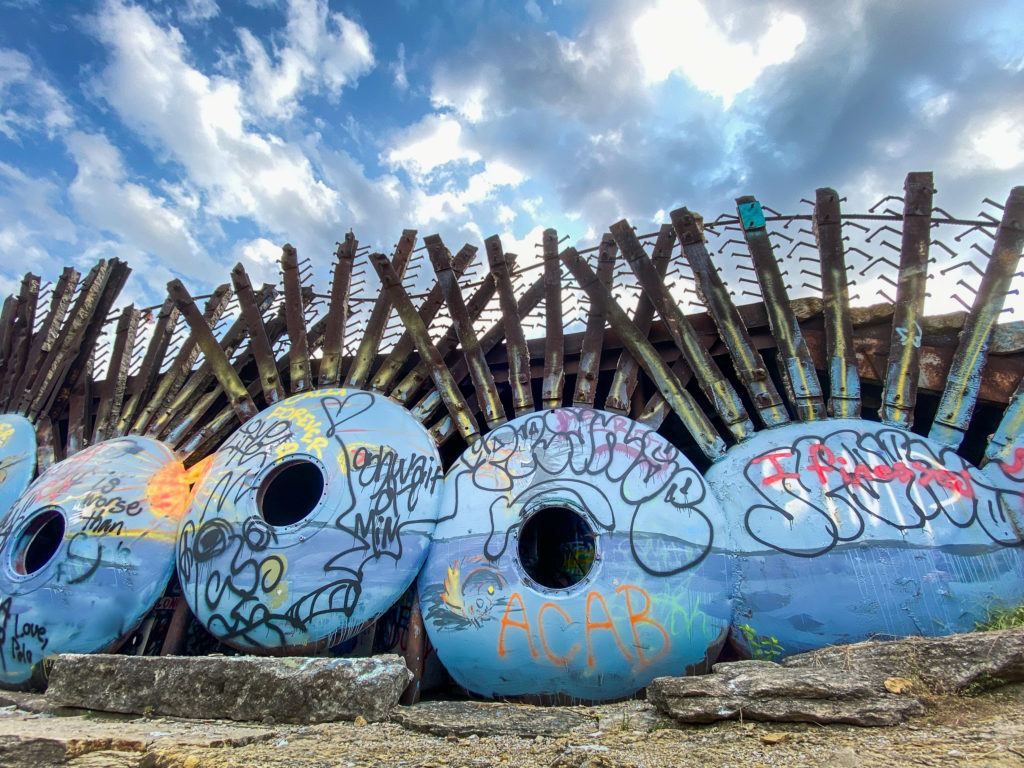
I recently took a tour with a long-time St. Louis resident into the northern areas of the city. I get around a lot, but I’d not been to some of the places he showed me. This is a little-known sculpture park located just north of the Gateway Arch. Photograph by Jenn Mishra
It may seem strange to have someone else show you your own neighborhood, but there is always someone around with tons of local knowledge. Think of the person who’s become a local institution and seems to know all the history (and gossip) – every place has one!
Key Lesson: Local guides help you find interesting places and people to photograph.
Make it a habit to ask everyone you meet for a recommendation. Your neighbor may know of an out-of-the-way hiking trail or a historic landmark. Most locals love to brag about their towns. If you show an interest and talk to enough people, you’ll find someone who will talk your ear off!
Take a walk with your guide or have your guide recommend interesting places to photograph. You may be surprised at what you learn about your own neighborhood.
Plus, if you’re outside of your comfort zone in an area of a city or on a hiking path you don’t know, you may feel more comfortable going with someone knowledgeable about the area.
Recommended Reading: If you’d like to improve your photography skills and create compelling images, grab a copy of our Powerful Imagery premium guide by award-winning travel photographer Mitchell Kanashkevich.
Attend Local Events
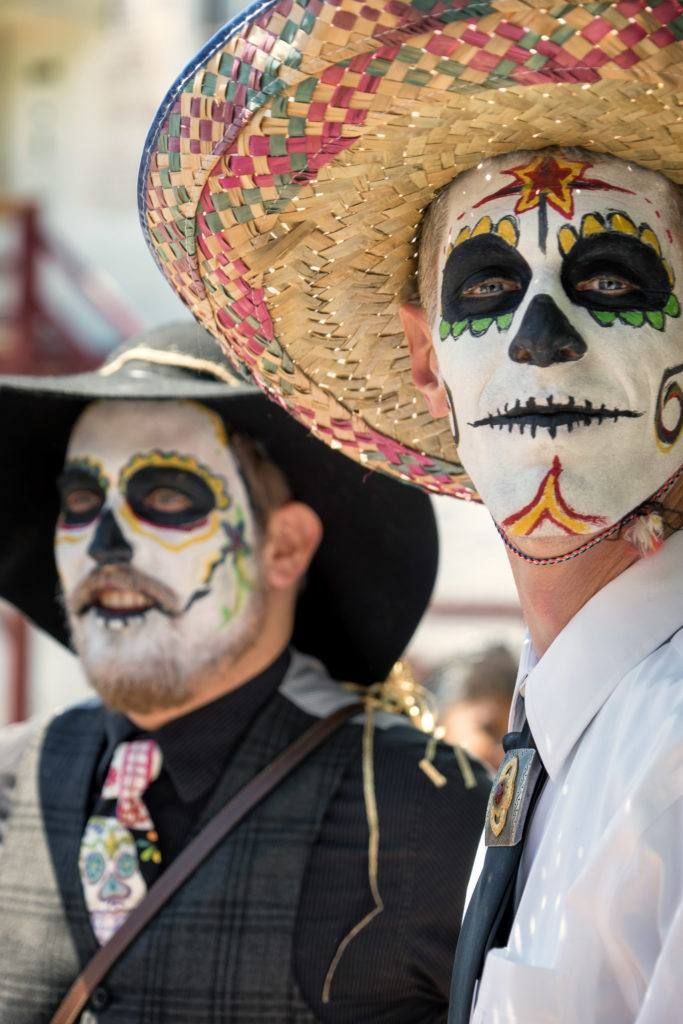
A local Cinco de Mayo event brings out colorful characters. Photograph by Jenn Mishra
Part of traveling is attending cultural events. I love to visit street markets and interesting shops. Farmer’s markets make for great travel photographs.
Keep your eye open for festivals, parades, concerts, etc. These all provide interesting photographic opportunities. Show up with your camera and try to capture what makes this event special.
To find local events, sign up for electronic updates, often available through your local newspaper website or city home pages. Photography meetups or Facebook groups are also a great source of information about local events. Also follow historical and hiking groups since they go to some interesting places, too.
Look at a Map
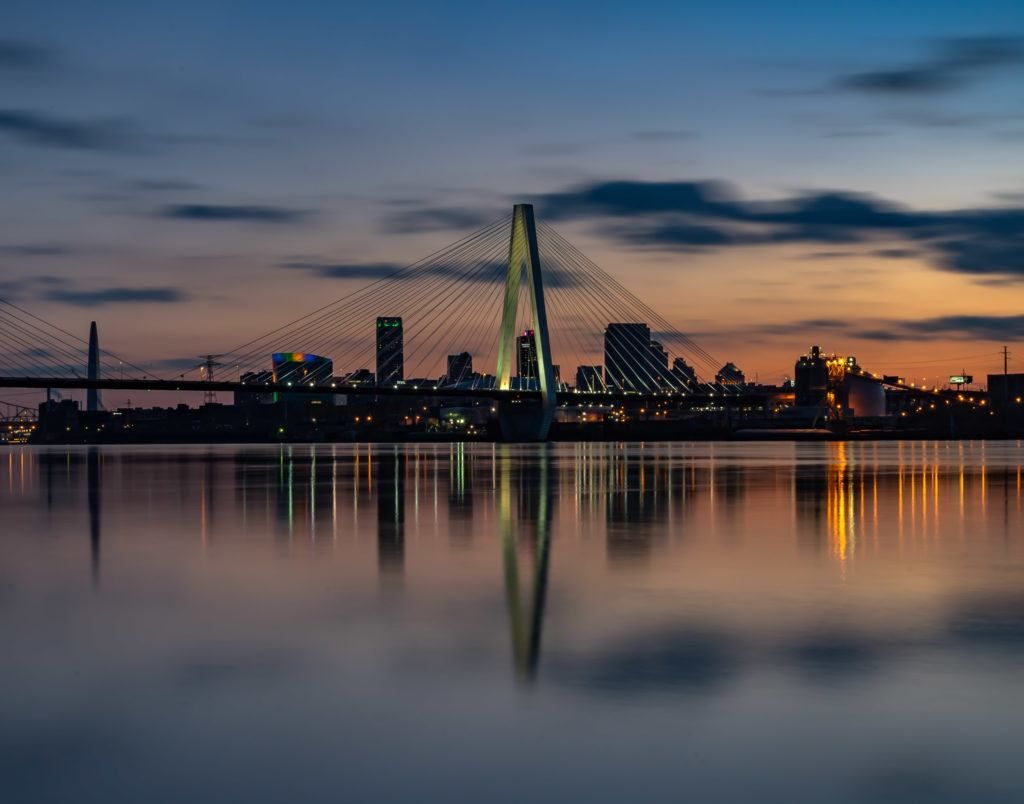
There’s only one place to get this view in St. Louis, and it’s not easy to find. By looking at a map, I found the one route that would get me this photo. Photograph by Jenn Mishra
We often think that we know our local area well, but we generally only know the places that fit into our daily lives. Looking at a map of your local area may point you to parks, lakes, and points of interest that you didn’t know were there.
I use Google MyMaps to mark interesting places and recommendations
(https://www.google.com/mymaps). On days that I need motivation, I choose a place or route that I haven’t yet explored.
Wherever I go, whether it’s for photography or I’m running an errand, I look at the map to see if there is a potential photographic opportunity.
Enjoy the Journey
We get into habits in our daily lives. We take the same roads, eat at the same restaurants, do the same things every day. Stretch your travel mindset by taking random routes to work or when running errands around town. Leave plenty of time to dally along the way.
Travel photography is as much about the journey as it is about the destination.
If you can, detour off onto smaller roads. This will let you see the area at a slower pace. You can easily stop when you see something photographically interesting.
Stretch your travel mindset by taking random routes to work or when running errands around town.
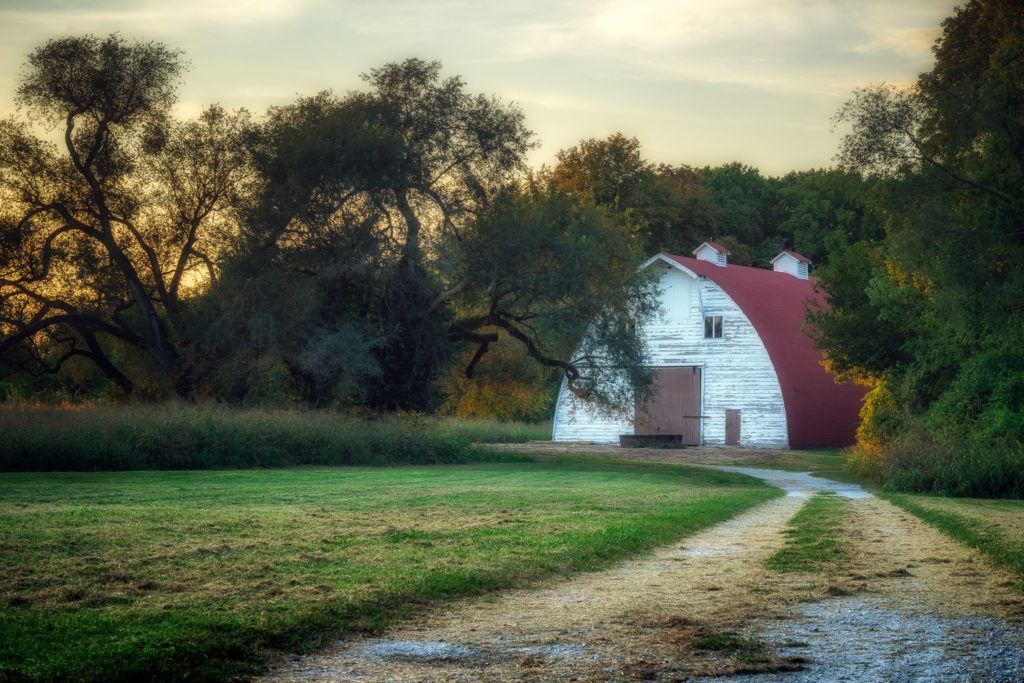
I love barns and drive miles to find a photogenic one, but I found this little-known barn down a random road in a city park in St. Louis. Photograph by Jenn Mishra
Photo walks or drives are all about exploration and capturing the travel spirit even though you’re not far from home. Walk down streets, explore parks, and generally poke your nose (or your camera lens) into every local nook and cranny you can find.
These are the places you can only find by being there. Your neighbor may have a garden to rival any botanical garden or a collection that could easily be in a museum. You won’t know about these photo opportunities until you stumble upon them.
You’ll look at your neighborhood differently and find places that you didn’t know were there. By being open to the journey, you may find great photo opportunities just around the corner.
Key Lesson: Maps can help you find photographically interesting places, but some photos you can only find by being there.
Recommended Reading: If you’d like to improve your photography skills and create compelling images, grab a copy of our Powerful Imagery premium guide by award-winning travel photographer Mitchell Kanashkevich.
Visit Again and Again
The best travel photos of a place are often taken by local photographers. Local
photographers have an advantage over the tourists: they can return to a place or event. They have the luxury of time.
When we’re on a trip, we often have to photograph the place in whatever weather and lighting conditions we encounter. If we’re lucky, we get a good sunset or arrive at the perfect time.
Local photographers get the best autumn colors or the best sunset shots not because they are lucky, but because they have time to return (sometimes dozens of times) until they get the best shot.
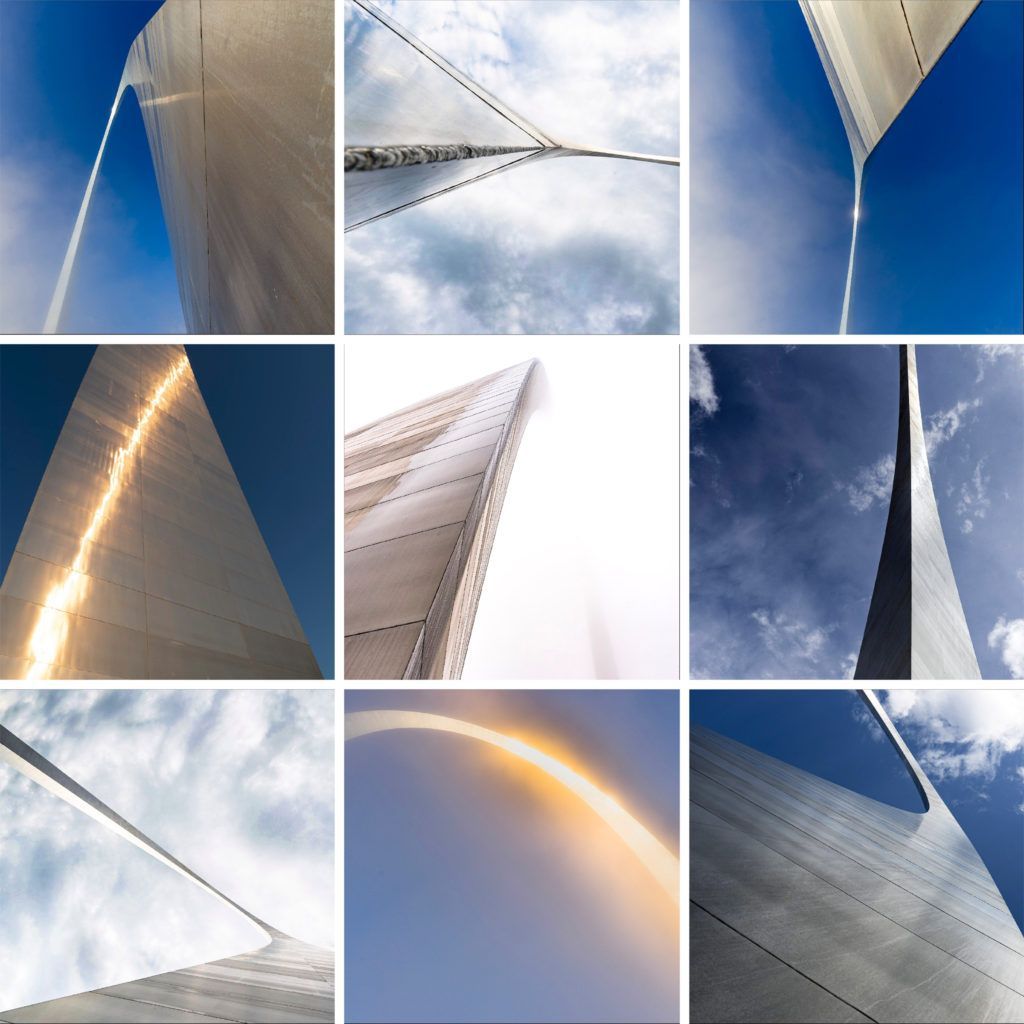
My local landmark is the Gateway Arch. Everyone seems to stop by the Arch at some point in their life to snap a photo. Unlike the tourists who come to town for a day or two, I have the advantage of being able to visit the Arch multiple times in all sorts of weather conditions and when there is a special event. Photograph by Jenn Mishra
Final Thoughts
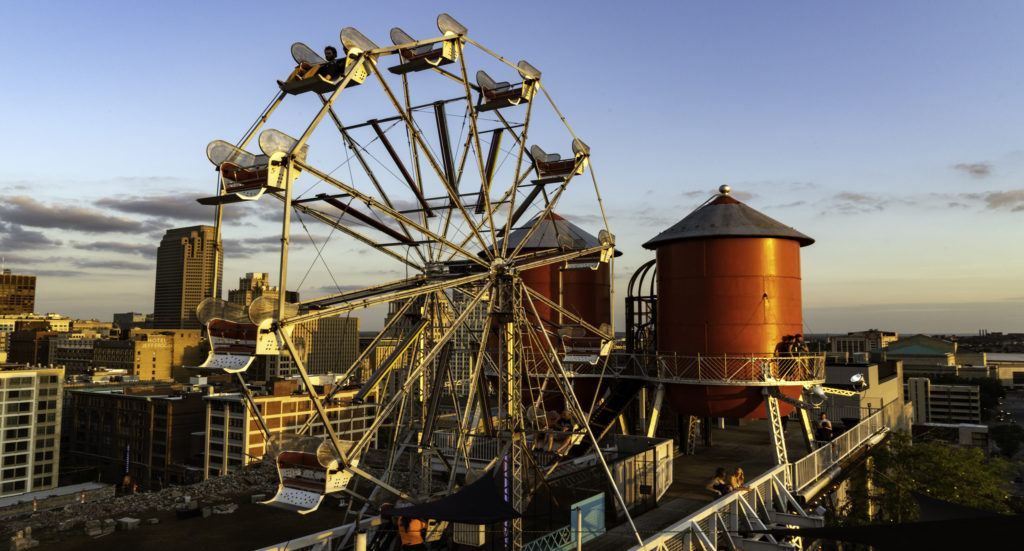
Photograph by Jenn Mishra
My friends laugh at how uninspiring I first found my area of Illinois. They think I’m lucky to live in such a diverse place, but only because they’ve seen my photos. You may find your area boring, but only because you see it every day. Another photographer might be jealous of what you have (wide-open fields, storms, abandoned buildings, people on the street).
Be a tourist wherever you find yourself. Don’t assume because you don’t live in a tourist hotspot that there will be nothing to do or photograph.
Look for interesting buildings and churches, unique events, or places. Look for details and interesting lighting that makes even a mundane scene special. Look for landscapes – yes, even those that aren’t part of a national park. Little streams, solitary trees, farmland, and random geology make for great photographs, especially in lovely light. These can be found everywhere, not just places reviewed on TripAdvisor.
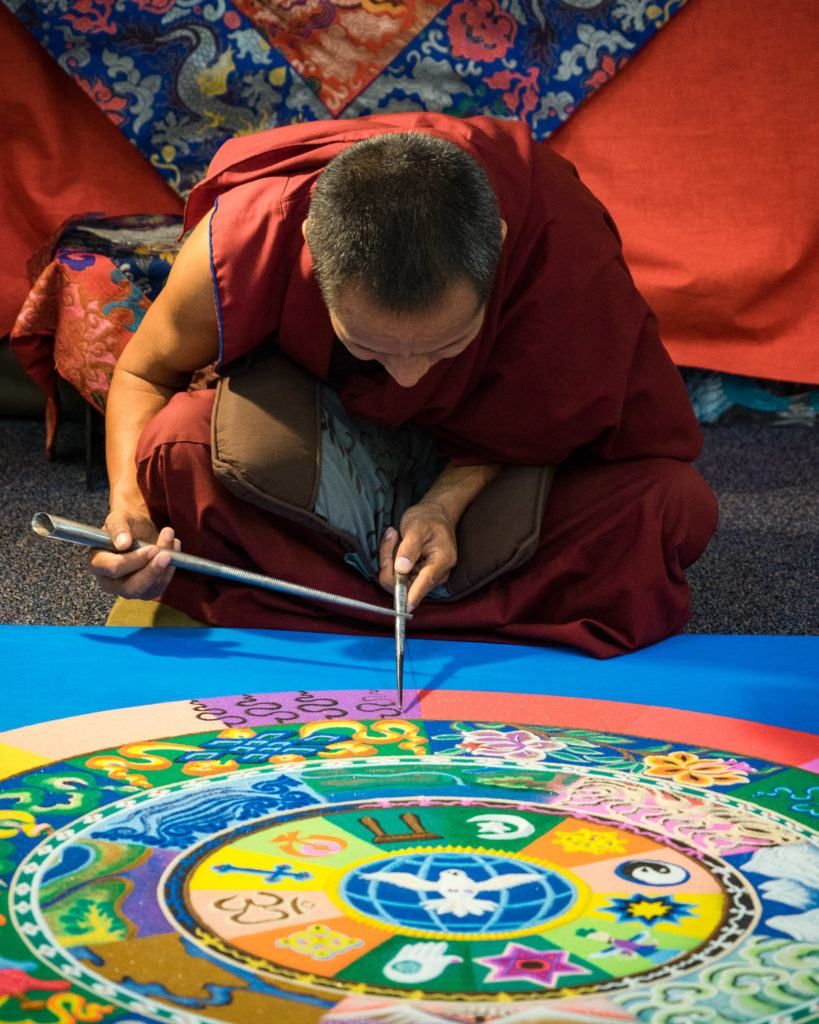
Sometimes the world comes to you. A local university invited Tibetan monks to campus to create a mandala. Photograph by Jenn Mishra
Traveling is a mindset. You don’t have to board a plane or drive for hours. You can travel on your lunch break or take a weekend trip. You can take a photographic holiday and still be home in time for dinner.
I’m continually surprised at the places that I’ve never been to that is just a few miles from home. Even after years of local travel, I still have a long list of local places yet to visit and revisit.
Your camera is your passport to meet new people, have new experiences, and maybe learn a thing or two along the way.
- What is travel photography?
- What is local travel photography?
- Why is it a good idea to get a local travel guide?
- Why do local travel photographers often get the best shots of an area?
- Why is it important to get off the beaten path?
- List three ways you can find local travel photo opportunities.
- Find and visit a local tourist attraction that you’ve not been to before.
- Photograph the destination as if you are on assignment for National Geographic. Find what makes this place special. Try to capture the essence of the place.
- Talk to guides or knowledgeable locals.
- Look at a map to see if there are points of interest nearby and be open to exploring locally.
- Choose three to five images that represent the place you visited.


